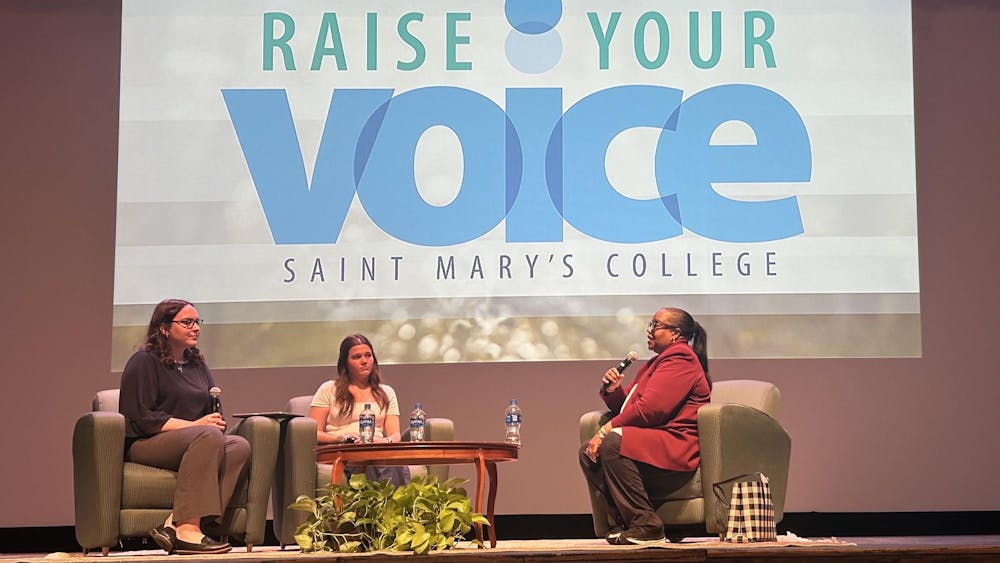Debdeep Jena, professor of electrical engineering, was named the 2014 Young Investigator by the International Molecular Beam Epitaxy (MBE) Advisory Committee for excellence in the use of MBE to create newer, more efficient semiconductors that drive the processors in computing devices, such as cellphones and laptops, as well as light emitters used in fiber optics and communication.
“Lasers, LEDs, transistors — these are all made of semiconducting materials," Jena said. “What we do by Molecular Beam Epitaxy is, in order to make the semiconductors lower power and more energy efficient for electronics and faster and more precise for lasers for communications, design these materials down to the atomic level. MBE is essentially a method by which we control exactly what atoms are stacked into layers that create the structures we produce.”
Jena said the technologies he and his team employ are changing the way that people think and interact with the world.
“MBE is such a fantastic tool,” he said. “Once you know how to use it, and you know something that’s missing in a specific area, it almost guarantees you that there is an answer. You can grow any layer structure you want.
"If I want 50 percent aluminum, I can do that. If I want 38 percent nitrogen, I can do that. It’s that precise. This is nanotechnology at its highest point of glory in some sense.”
Jena said he can’t take full credit for the award, as the students he collaborates with are the engine that drive his research.
“Most of the time, they are the ones who are realizing what I am sitting and dreaming about,” he said. “It is really a very important statement of recognition by the committee of our ideas and the work of the students who realized them."
The applications of his work with MBE not only help improve products for large companies and consumers, Jena said, but also improve the quality of life for all people.
“My philosophy has always been that, no matter which area you are working in, if you really get into it and go beyond what people have done before, it will always have humanitarian applications in the future,” Jena said. “What my collaborators and I try to figure out is, at the atomic level, what it is that’s holding us back from new technologies.
“As the wavelength of light gets shorter and shorter, that sort of light begins interacting with biological matter very strongly, which is why we protect ourselves with UV lotion,” he said. “But at the same time, if you can generate photons that are in ultraviolet, it has immense applications. For example, they could be used to disinfect drinking water.”
Jena said some people are afraid of the complexity of the type of work he conducts, and this fear leads to a barrier that blocks understanding that is unnecessary.
“Many times, what happens in this field is many people feel detached from this area,” he said. “What has happened over the ages, as things become easier and simpler to use because of the work that goes in under the hood, people get more and more distant from the technology itself. People assume they have no chance of understanding, and that’s simply not true.”













